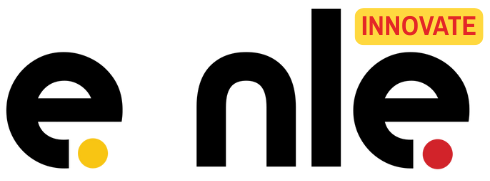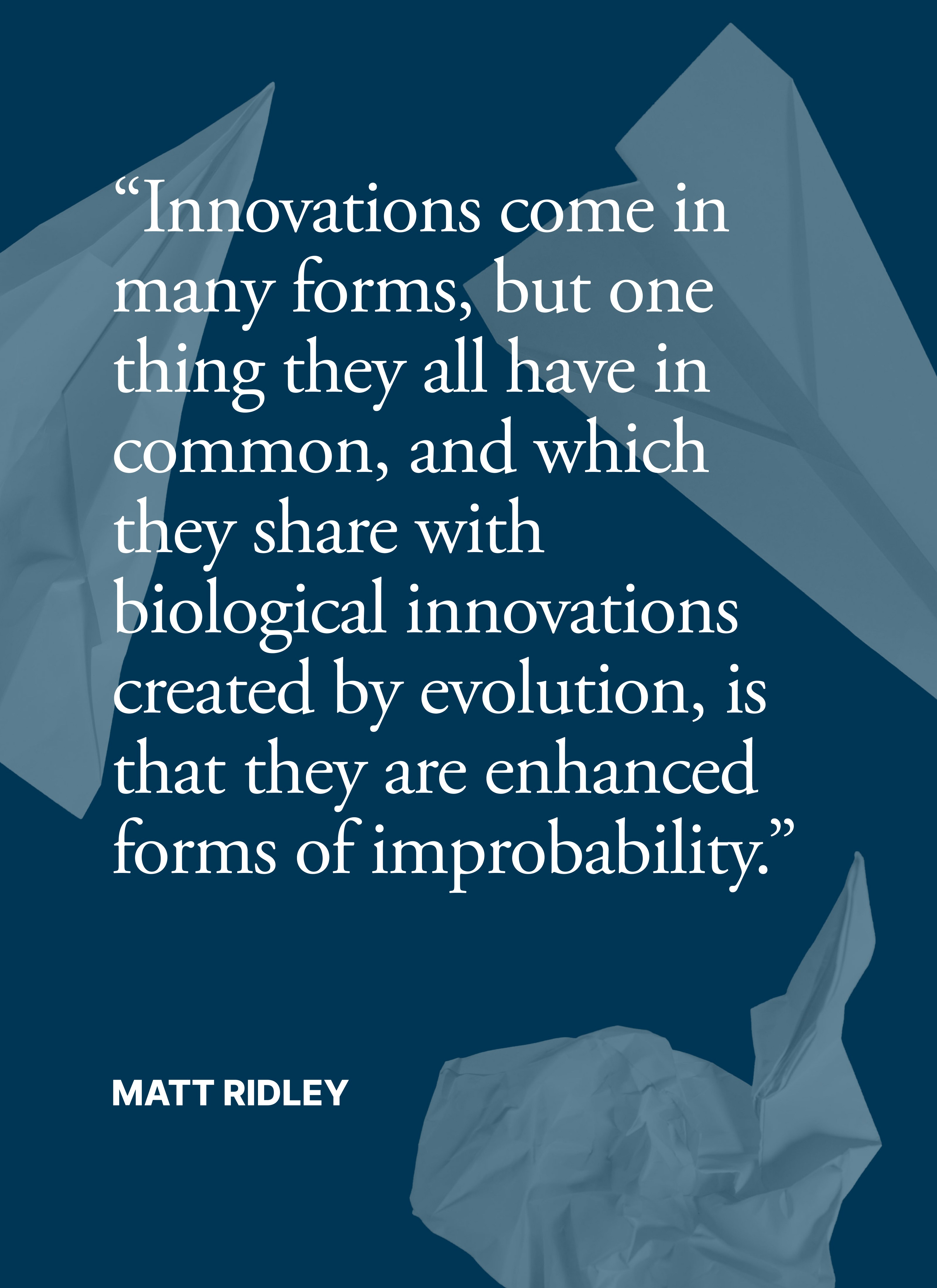In today’s rapidly evolving business landscape, innovation plays a vital role in determining the success and sustainability of organizations. It is the cornerstone of growth, enabling businesses to not only keep pace with market changes but also to seize new opportunities. Companies that prioritize innovation can significantly enhance customer satisfaction by offering improved products, services, and experiences tailored to consumer needs. This adaptability helps organizations differentiate themselves from competitors, solidifying their market position and fostering long-term success.
Moreover, innovation is not solely about high-tech solutions or major renovations; it also encompasses incremental improvements and creative problem-solving. Many businesses mistakenly believe that innovation requires substantial financial investment, which can create a barrier to entry, especially for smaller organizations or startups. However, the truth is that great ideas often emerge from a culture of creativity and resourcefulness, rather than from hefty capital expenditures. By cultivating an environment conducive to idea generation, businesses can leverage limited resources more effectively and produce meaningful innovations that resonate with their target audience.
Understanding innovation as a multi-faceted concept allows companies to explore various avenues for growth without solely relying on significant financial investments. Encouraging collaboration, brainstorming, and employee engagement can yield impactful insights that drive innovation. This shifts the perspective from viewing innovation as a costly endeavor to recognizing it as an integral part of a company’s culture and strategy. In a competitive market, businesses must embrace the notion that fostering innovation, even on a limited budget, is essential for maintaining relevance and achieving sustainable growth.
Identifying Opportunities for Innovation
In today’s rapidly changing market, recognizing opportunities for innovation is essential for organizations aiming to stay competitive, especially when operating on a limited budget. A strategic approach begins with conducting brainstorming sessions, a technique that encourages team members to freely share their ideas and perspectives. The collaborative nature of these sessions fosters an inclusive environment where creativity can thrive, leading to the identification of unique solutions and improvements.
Another vital tool in this innovation identification process is customer feedback analysis. Listening to customers provides invaluable insights into their experiences, preferences, and unmet needs. Surveys, focus groups, and social media interactions can yield critical information that points to areas where innovation may be necessary. By evaluating this feedback, organizations can pinpoint gaps in their offerings and discover potential avenues for new product developments that address customer concerns.
Moreover, conducting a competitive analysis can unveil opportunities that may not be immediately apparent. By examining the strengths and weaknesses of competitors, organizations can identify market trends and innovations that are succeeding elsewhere. This external perspective can guide strategic decisions, revealing niches or services that have not yet been explored. Additionally, being aware of competitors’ shortcomings can inspire companies to fill those gaps with innovative solutions.
It is also crucial to involve employees from diverse backgrounds in the innovation process. A workforce that represents a range of experiences and viewpoints generates a broader array of ideas, ensuring that various perspectives are considered. Diversity in input leads to more comprehensive and effective solutions. Through these practical approaches—brainstorming sessions, customer feedback analysis, competitive analysis, and employee involvement—organizations can successfully identify potential areas for innovation, even under budget constraints.
Leveraging Collaborative Tools and Resources
In the context of fostering innovation on a limited budget, utilizing collaborative tools and resources can lead to significant advantages. These platforms enable teams to streamline communication, manage projects efficiently, and foster idea generation without incurring high costs. Many free or low-cost options are available, making it easier for organizations to stay within budget constraints while promoting creativity. Examples include tools like Trello for project management, Slack for team communication, and Google Drive for document sharing. These tools facilitate collaboration among team members, ensuring that innovative ideas are captured and developed further with minimal financial outlay.
Another effective strategy is to build partnerships with local universities and start-ups. Educational institutions often seek to connect students with real-world projects, providing businesses with fresh perspectives and innovative ideas. This collaboration can result in mutually beneficial arrangements where students gain practical experience while contributing valuable insights to organizations. Additionally, start-ups are frequently eager to collaborate with established companies, as they can provide cutting-edge ideas and solutions that can enhance product development or business processes.
Crowdsourcing techniques can also be particularly useful for gathering innovative ideas on a budget. By inviting inputs from customers, stakeholders, or even the general public, organizations can tap into a wider pool of creativity. Social media platforms and dedicated crowdsourcing websites facilitate this process, allowing organizations to gather ideas from diverse audiences. Implementing these suggestions can lead to groundbreaking initiatives and foster a culture of innovation within a limited budget framework.
Ultimately, leveraging collaborative tools and resources is not just about cost savings; it contributes to the cultivation of a collaborative culture that encourages innovation and creativity. Organizations can enhance their capacity for innovation while adhering to budget constraints, achieving successful outcomes through efficient teamwork and resource utilization.
Implementing Pilot Projects and Prototyping
Transforming innovative ideas into tangible outcomes requires a structured approach, particularly when operating within financial limitations. One effective method is to implement pilot projects, which are small-scale trials designed to explore the viability of concepts under real-world conditions. By initiating a pilot project, organizations can test innovative strategies, products, or services while minimizing risk and investment. This iterative process enables teams to gather valuable feedback, assess functionalities, and make necessary adjustments before committing to larger-scale deployments.
Prototyping serves as another essential component in fostering innovation on a budget. Building prototypes—whether they are low-fidelity sketches or more sophisticated models—allows teams to visualize solutions and experiment with various features in a controlled environment. This hands-on approach not only aids in clarifying the intended user experience but also facilitates discussions among stakeholders, driving engagement and collaboration. Effective prototyping encourages an atmosphere where ideas can be tested, evaluated, and redefined, creating a foundation for eventual success.
Additionally, embracing failure as a part of the innovation process is crucial. Failure analysis allows teams to learn from missteps, identifying what went wrong and understanding the gaps that require attention. By analyzing these failures, organizations can refine their concepts and pivot their strategies accordingly. The iterative design thinking methodology proposes a cyclical process of developing, testing, and refining ideas, promoting continuous learning and improvement. Ultimately, this approach equips organizations with the agility to respond to feedback and modify their innovations to better align with market needs.
In conclusion, implementing pilot projects and leveraging prototypes are effective strategies for businesses aiming to innovate on a restricted budget. By focusing on these methods, organizations can foster creativity while prudently managing their resources, ensuring a sustainable path toward transformative success.







Leave a Reply